Curbside Consult with Dr. Jayne 6/22/15
A reader commented on last week’s Curbside Consult asking about effective leadership teams:
I would love to hear about effective leadership teams and how they become that way. I am not part of our organization’s leadership, but occasionally interact with them and also hear info from people who more frequently interact with them), and it just seems that the more layers we add – VP, SVP, EVP – the more work is created without true hierarchy and responsibility. We don’t even have a clear IT leader. Is it our VP of IT? Our Chief Innovation Officer, who replaced our Chief Information Officer, but she seems to have limited interest in core IT functions? Our new EVP of “peripheral” services like IT, Finance, Pharmacy, etc.? God only knows. And yet even with an expanded leadership “team,” they all give the impression of having too much on their plate to concentrate at the issue at hand or even, yes, show up for meetings (much less on time!)
There are plenty of books out there about building effective leadership teams. Although they may have good information from an academic standpoint, it’s often hard to put those theories into practice, especially in an environment as chaotic as healthcare.
Most of my early experience in leadership was not on the IT side but rather the operational side of an employed medical group. As I moved through the ranks to CMIO, I was exposed to a lot of different leadership structures within my own health system and was a member of several highly functional teams. Unfortunately, I was also a member of several highly dysfunctional teams. Through interacting with other customers sharing our core vendors I’ve been exposed to even more teams all across the spectrum. Those experiences have given me a lot to consider in answering the question.
Now that I’m in consulting, I’ve had to put together my own methodology for helping people move in the right direction. There’s no one answer for how to get a team to be effective, but there are some key characteristics that have to be present.
First, the group has to communicate effectively to lead effectively. Although some people are naturally strong communicators, most aren’t. In order to drive people in the right direction, I’m a huge fan of applying a great deal of structure regarding communication. All of my clients have to sit through a communication skills for leaders class with me and do a communication matrix exercise where the team decides and documents how they’re going to communicate, at what points in the project/initiative, with what methodology, to what audience, and by whom. Once they put pen to paper, I ride herd on them to make sure they’re sticking with the program. A successful team will realize that they don’t need a consultant to keep them in line and will take on the tasks themselves. I continue to prod them a little to make sure it’s sustainable.
Communication isn’t just how they report things out — it’s how they document things day to day and operate when they’re communicating (for example, in meetings). Do they have written (and time-boxed) agendas before the meeting? Does someone facilitate the meeting, allowing people to participate without worrying about minutes or timekeeping? Does someone take good minutes and get them out the same day? Are meetings halted when key people are missing rather than wasting everyone’s time because topics will have to be revisited with the appropriate people in the room? Are there ground rules for meetings to make sure everyone plays nice with the other kids? Making sure the answer to all those questions is “yes” helps a leadership team become more effective.
Second, effective teams have buy-in to their project. Ideally the team has been together since the project’s inception, participating in charter creation, writing a mission statement, etc. That’s usually not the case for most organizations, where people come and go or restructuring seems like its own constant. Teams that actually understand and agree to try to deliver the mission do much better than those with only a loose understanding. For people who don’t natively buy-in, an organization needs strategies to either coach them to arrive at that point or employ incentives (or penalties) to elicit the desired behavior.
Even people who may not agree with a given mission tend to be motivated by financial or other incentives. Consider Meaningful Use: whether it was the carrot or the stick, it sure got a lot of physicians who didn’t natively give a hoot about EHRs to actually install them in their practices and start using them. In working with end users, recognition and small rewards (giveaways, raffling off gift cards, etc.) can make a huge difference in aligning people’s actions with the end goals. Teams that either have buy-in or are otherwise motivated tend to show up on time and ready to participate.
Third, effective teams have to have clear leadership. I sympathize with your comment that the more leadership layers that are present, the less effective the leadership is. I recently worked with an organization that suffered from what I can only call “title bloat.” Their VP level people were what would have been considered directors at best in my former health system. Did I mention they had assistant VPs, associate VPs, VPs, senior VPs, executive VPs, system VPs, and more? Many of the titles had no discernible meaning, but were used as ways to try to elevate people or reward performance without giving raises. It led to an arms race where they had to keep promoting others to keep parity among the ranks.
Regardless of what people are called, someone has to be in charge. There has to be, in the words of one of my favorite executives of all time, a “single neck to choke.” That person should come into the office every day asking, “What’s at risk today, this week, this month” and address the issues when his or her team answers the questions. In shared initiatives, there have to be clear leaders for operational, technical, and clinical pillars. For those types of shared structures, I like to add additional necks to choke in the form of a steering committee that meets regularly and addresses a standard list of project metrics (budget, timeline, risks and mitigation strategies, etc.) People always ask me who is best to own a project. Operations? IT? Clinical leadership? I’ve seen them all work, provided the structures are in place to ensure accountability. I’d rather have a well-organized leader from an “underdog” part of the organization than a disorganized alpha dog.
The leader has to have skin in the game. They should feel personally responsible if their project is not meeting expectations. The right person will have this quality intrinsically. Others can be motivated (again, think bonus goals or incentives) to put it on the line. The leader also has to have dedicated time and resources to lead the project. In a stakeholder assessment I did recently, the designated IT leader was overseeing hospital revenue cycle and ambulatory EHR implementations, both at the same time. The projects were headquartered on opposite sides of town and both were billed as “highest priority” for the health system. The sheer logistics made it almost impossible for her to be hands-on in the way needed for success because she always seemed to be driving to one location or another for a meeting, while taking another meeting in the car. It was no surprise that both projects were failing.
In my opinion, these three elements are key. When they’re not well defined or executed, things can very quickly fall apart. Of course there are dozens of other “essential” facets of effective teams, but these are the ones I see malfunctioning the most often. Sometimes they’re easy to fix and sometimes you scratch your head figuring out how in the world you’re going to patch things together enough to get the job done. Sometimes it takes an outsider to figure out which person is the square peg in the round hole and how to rearrange them. Sometimes it takes a major project failure to get people to wake up and pay attention. I’d be interested to hear what others think.
Have an opinion on what it takes to build an effective team? Email me.

Email Dr. Jayne.







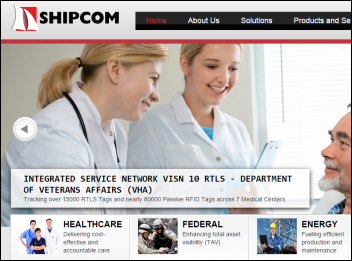
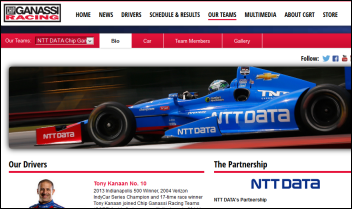
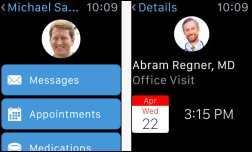
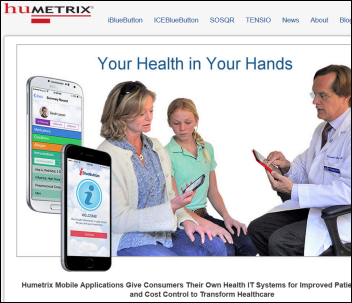









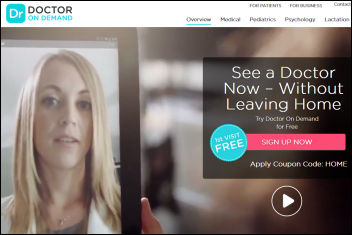


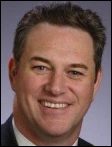

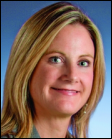

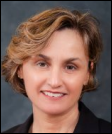

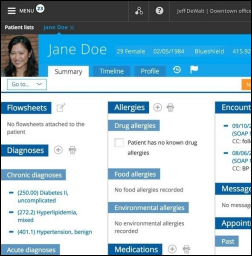






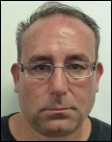
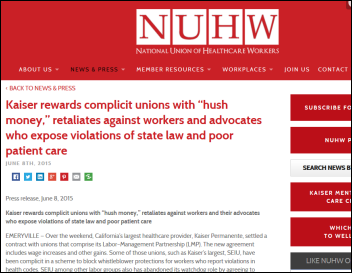


















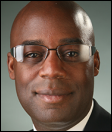












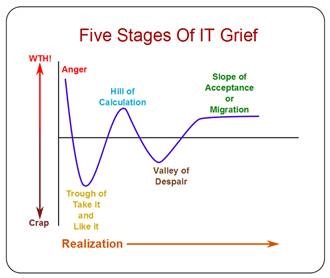
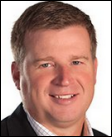
"most people just go to Epic" that's a problem because then EPIC becomes a monopoly in healthcare, if it isn't…